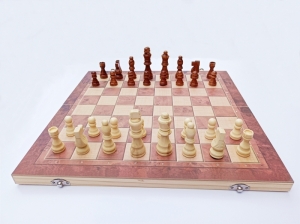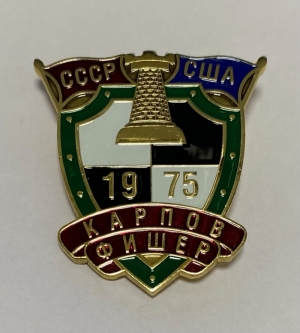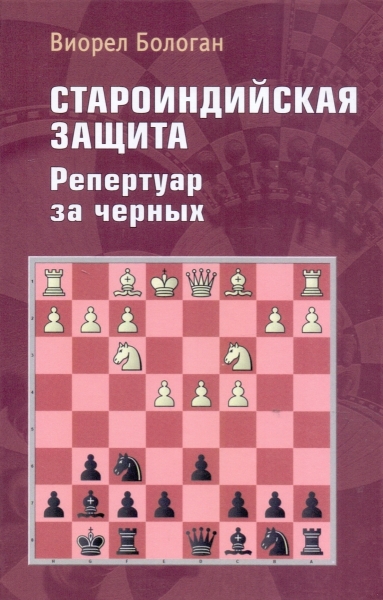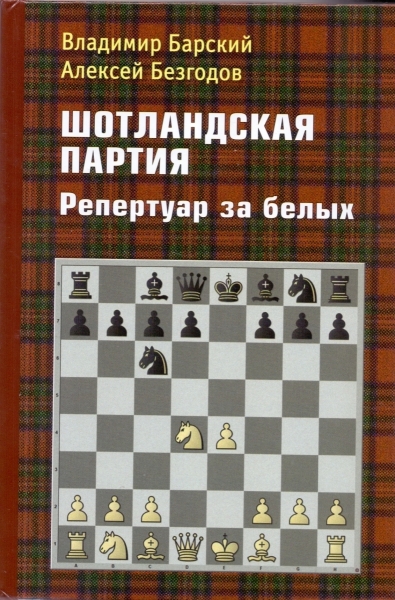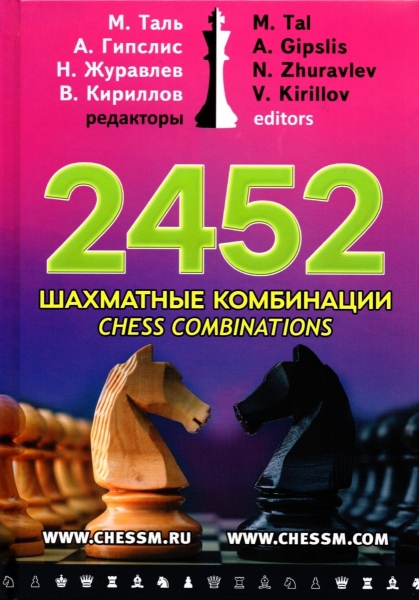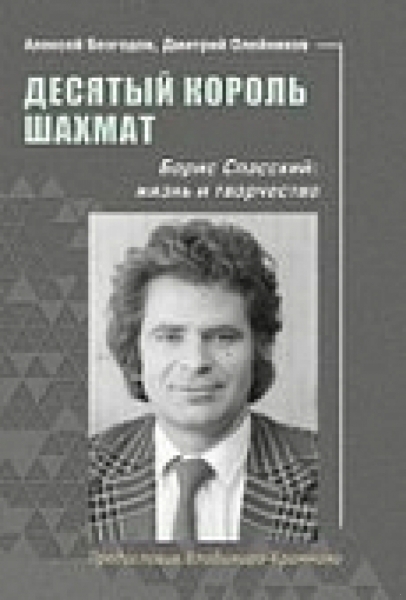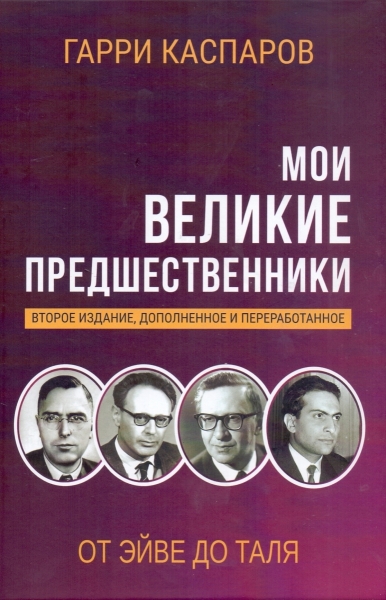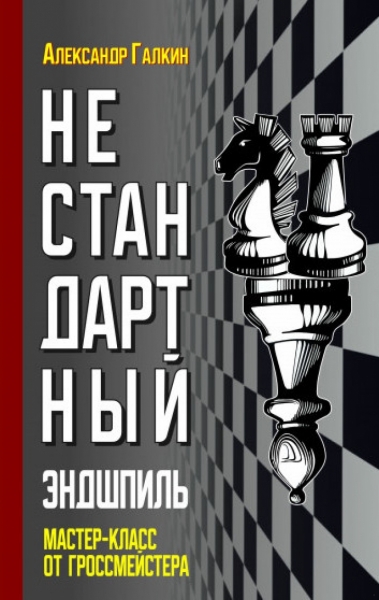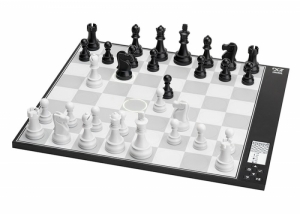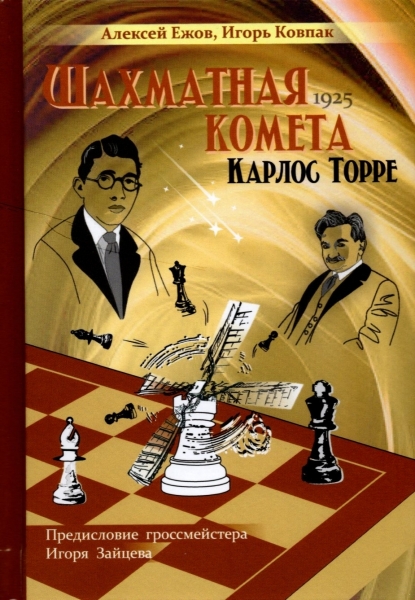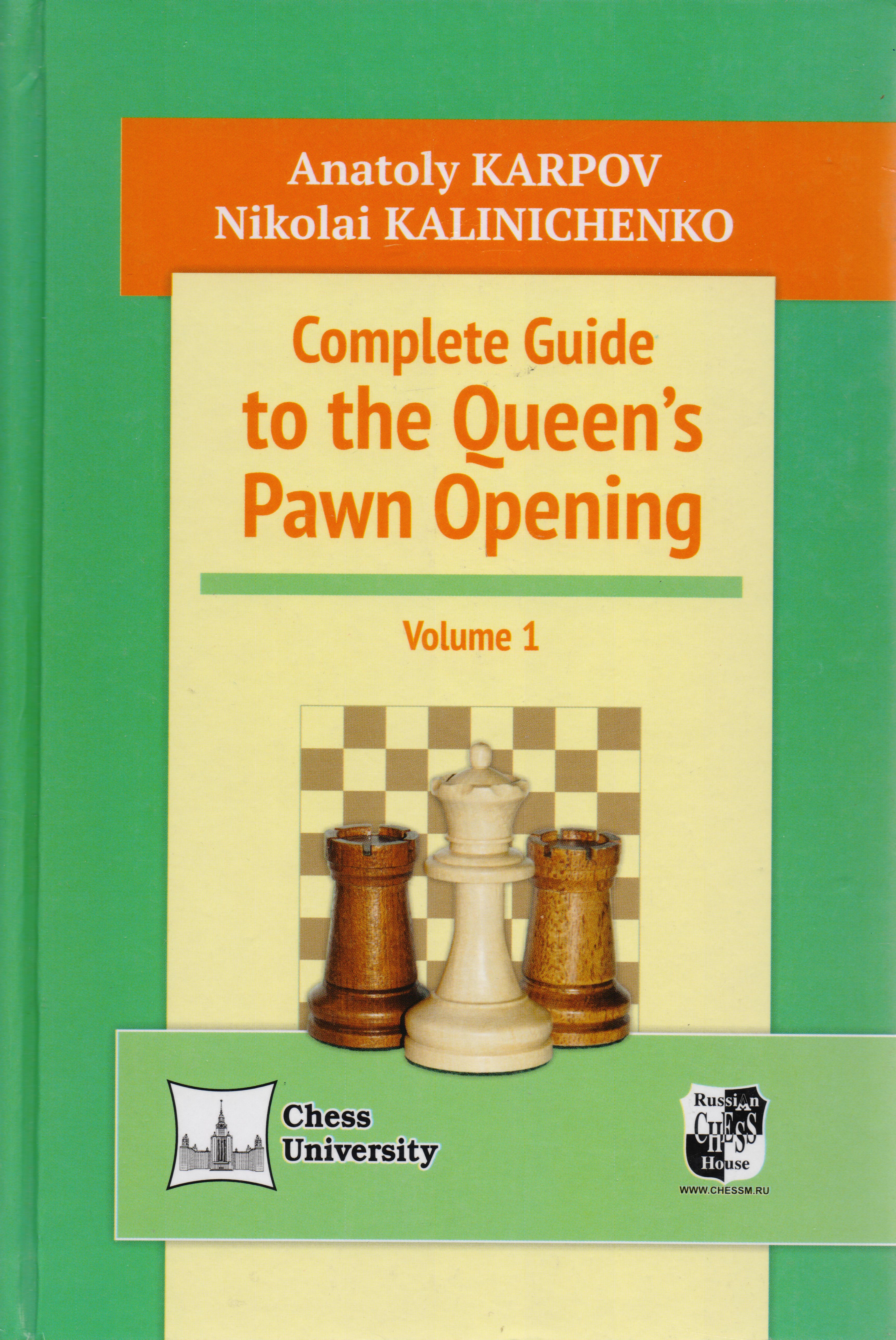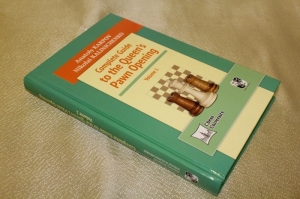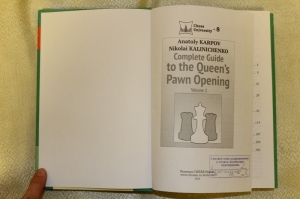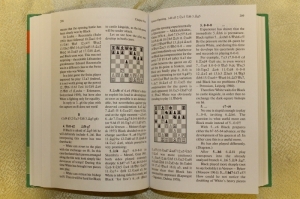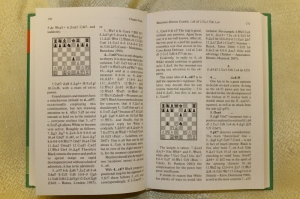Complete Guide to the Queens Pawn Opening. Volume 1
- ISBN: 978-5-946-93438-1
- Publisher: Russian CHESS House
- Author(s): Kalinichenko, Karpov
- Series: Chess University
- Year of issue: 2016
- Language: English
- Volume: 350
- Binding: Hardcover
paper book
28.8 $
e-book
46.00 $
Description:
The price include postage and packing.
The book is distributed in all countries, except Europe.
There are different kinds of classics. There are museum classics, like those dead languages, which are still studied, but which no one any longer speaks.
And there are living classics, which are constantly being renewed; these are ‘languages’ which every succeeding generation ‘speaks’ in its own way, enriching and passing them on to their descendants.
Chess in general and opening theory in particular are no exceptions to the general rule.
The first volume gives a detailed and high-quality analysis of the Veresov Opening, the Blackmar-Diemer Gambit, the Levitsky Variation and other set-ups.
The second volume is devoted to the London Variation and openings named in honour of Zukertort, Torre, Colle and others.
In general only one thing is demanded of the reader: a desire. A desire to avoid well-trodden opening set-ups, and a desire to try something new.
Do away with routine play! If you have such a desire, this two-volume work will become an indispensable assistant in your aim for creative experiments.
And for victory!
-
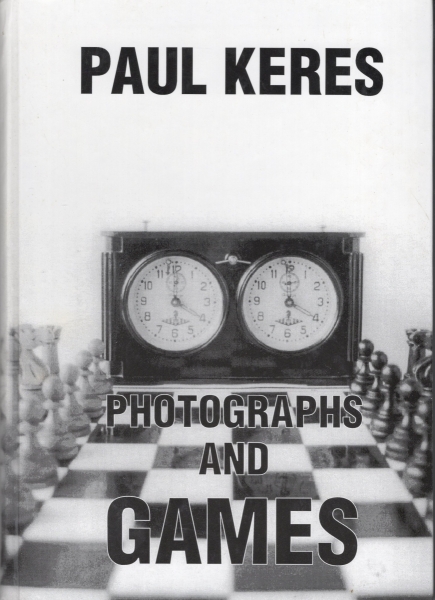 Photographs and games / Photos and Parties
Author:
Photographs and games / Photos and Parties
Author:
Keres 116.67 $ -
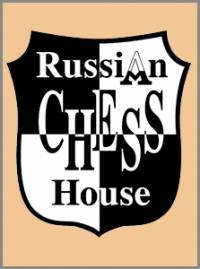 Beginning and middle of the checkers game
Author:
Beginning and middle of the checkers game
Author:
Kuperman 36.67 $ -
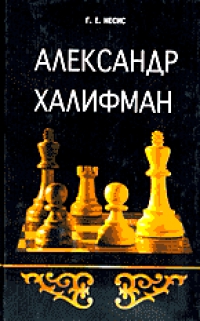 Alexander Khalifman
Author:
Alexander Khalifman
Author:
Nesis 43.33 $ -
 Chess task book
Author:
Chess task book
Author:
Shumilin 40.00 $ -
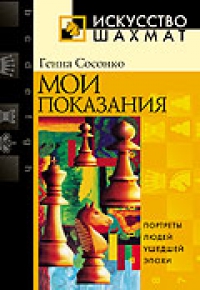 My testimony
Author:
My testimony
Author:
Sosonko 63.33 $ -
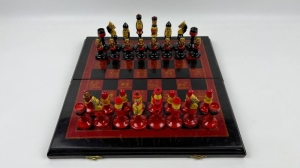 Wooden souvenir chess
190.00 $
Wooden souvenir chess
190.00 $
-
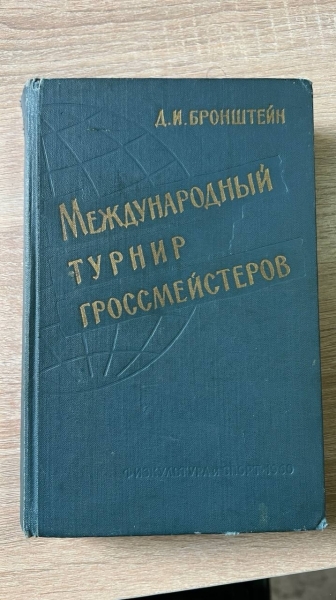 International Grandmaster Tournament
Author:
International Grandmaster Tournament
Author:
Bronstein 21.10 $ -
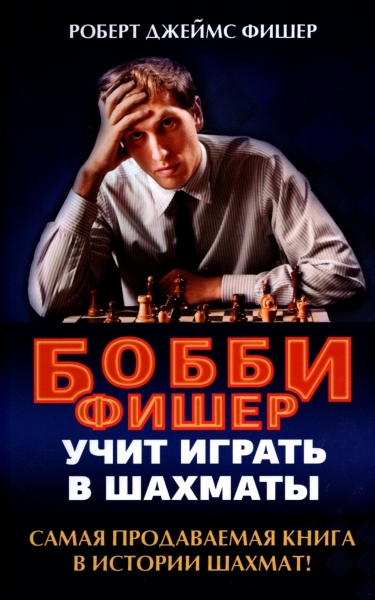 Author:
Author:
Fisher 15.00 $ -
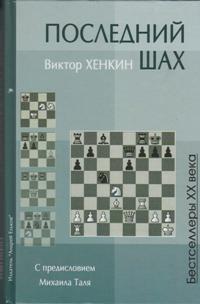 Last Shah
Author:
Last Shah
Author:
Henkin 25.00 $ -
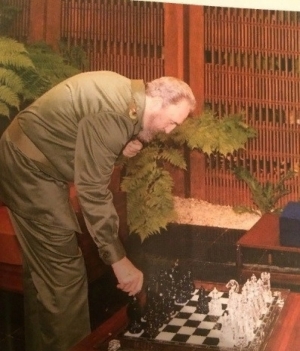 Large vintage crystal chess USSR
666.67 $
Large vintage crystal chess USSR
666.67 $
 Русский
Русский  Английский
Английский 